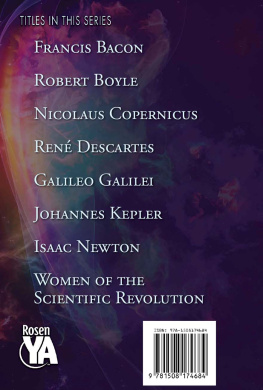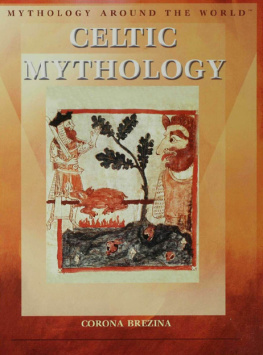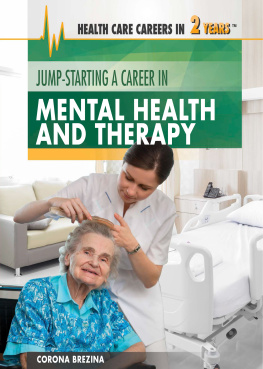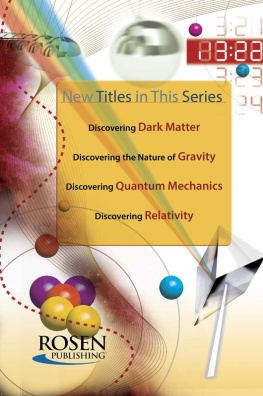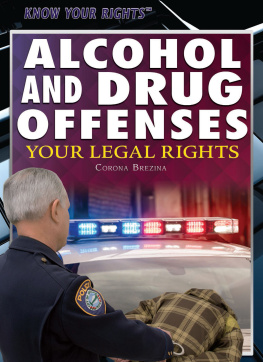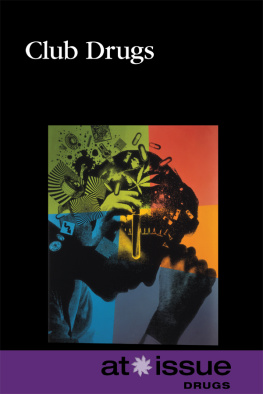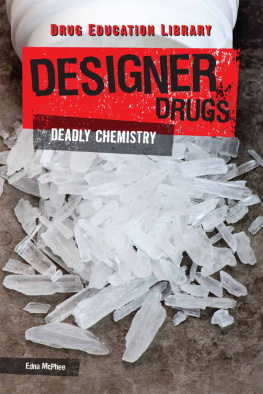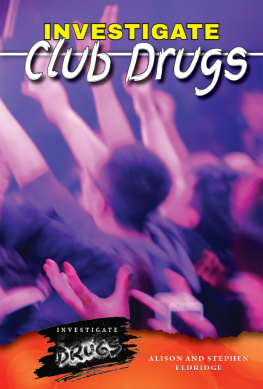Published in 2014 by The Rosen Publishing Group, Inc.
29 East 21st Street, New York, NY 10010
Copyright 2014 by The Rosen Publishing Group, Inc.
First Edition
All rights reserved. No part of this book may be reproduced in any form without permission in writing from the publisher, except by a reviewer
Library of Congress Cataloging-in-Publication Data
Brezina, Corona.
The truth about LSD and hallucinogens/Corona Brezina. First edition.
s cm. (Drugs & consequences)
Includes bibliographical references and index.
ISBN 978-1-4777-1901-5 (library binding)
1. LSD (Drug). 2. Hallucinogenic drugs. 3. Drug abuse. I. Title.
RM666.L88B74 2014 613.8'3dc23
2013019266
Manufactured in the United States of America
CPSIA Compliance Information: Batch #W14YA: For further information, contact Rosen Publishing, New York, New York, at 1-800-237-9932.
CONTENTS
INTRODUCTION
INTRODUCTION
S ince its discovery in 1938, LSD has been the subject of many extravagant and varied claims. Proponents such as guru Timothy Leary believed that LSD could provide a mystical experience and expand the user's consciousness. By contrast, a 1968 issue of Life magazine stated, "An LSD trip is not always a round trip. What the LSD user may be buying is a one-way ticket to an asylum, a prison, or a grave." Researchers studied LSD as a possible cure for mental illnesses. The Central Intelligence Agency (CIA) investigated LSD as a possible mind-control drug.
To this day, many myths and misperceptions persist about LSD. Other hallucinogens have also been subject to misinformation and confusion. A government antidrug campaign released images that seemed to imply that using Ecstasy creates holes in the brain (it doesn't, although Ecstasy may cause long-term changes in the brain). A 2010 article described how some ketamine addicts became incontinent (unable to control their bladders) or needed bladder surgery as a result of long-term use (that one's true). Many sources state that hallucinogens cause psychosis. Current research indicates that hallucinogens probably do not cause psychosis. However, in people who already have a family history of or tendency toward mental illness, hallucinogens and other substances may trigger serious reactions.

Even the term "hallucinogen" represents a point of contention. A true hallucination is the product of a person's mind and has no basis in reality. An LSD experience, however, alters users' perceptions of their surroundings, but it does not cause a break with reality. Users realize that the distorted visions and feelings are illusions. Alternate terms for "hallucinogen" have been proposed. The term "entheogen" emphasizes the drug's spiritual potential. The term "psychedelic" signifies that the drug is mind revealing. Nonetheless, "hallucinogen" remains the most commonly used term in most contexts. During the first half of the twentieth century, psychologists and researchers believed that hallucinogens held great potential for treating mental illness. Throughout the 1960s, recreational use of LSD and other hallucinogens became widespread. To policy makers, it was clear that the drugs were a danger to society and needed to be banned.
Only recently have researchers resumed exploring the potential medical uses of hallucinogens. These drugs are still not well understood. The fact that the medical and scientific communities are researching hallucinogens for their legitimate potential uses, however, doesn't mean that they're safe for recreational use.
L SD (lysergic acid diethylamide) is the most potent hallucinogenic drug, having a very powerful effect in very small doses. It changes a person's perceptions, emotions, and thought processes. All mind-altering drugswhether they be stimulants, depressants, hallucinogens, or other typeswork by binding to receptor sites in the brain and affecting the brain's neurochemistry. The precise mechanism behind LSD's effect on the brain is still not fully understood.
Much is misunderstood about the drug in popular opinion as well. During the 1960s, the rebellious behavior of the hippie generation was often blamed on LSD. Scientists produced dubious claims of grave long-term consequences. The assertion that LSD caused birth defects, for example, was disproved by later research. The media reported sensationalistic stories of young people being injured or even killed while under the influence. For example, nobody who took LSD was actually blinded by staring directly at the sun as was widely reported. Some users may have suffered retinal damage, but even that milder account is sometimes dismissed as a myth.
Nevertheless, because of its powerful effects on the mind, LSD should not be considered safe for recreational use. Its effects can vary greatly from one person to another. People who are emotionally fragile or have a tendency toward mental illness, in particular, should never even consider experimenting with LSD.
Hofmanns Bicycle Ride
LSD is a synthetic drug, meaning that it is manufactured in a laboratory, rather than found in nature. Lysergic acid, a precursor chemical to LSD, is found in some plants and in ergot, a fungus that grows on rye. Scientists isolated the compound in the lab in the early 1930s.
In 1938, a Swiss chemist named Albert Hofmann was researching chemicals related to lysergic acid while working for a pharmaceutical company. He isolated different derivatives of the compound and studied their medical properties. One of the derivatives he synthesized was LSD-25. The acronym "LSD" comes from the German term Lysergsaure-diathylamid. Hofmann hoped that LSD-25 would prove useful in treating respiratory and circulatory problems, but tests on animals showed no promise. He set LSD-25 aside.
Albert Hofmann (1906-2008) believed strongly in the therapeutic and spiritual potential of LSD, but he disapproved of heedless recreational use of the drug .
Hofmann was still intrigued by LSD-25, however, and he synthesized another batch in the lab in 1943. That day, he started to feel peculiar and decided to leave work early, riding his bicycle home. He found that his sense of time was distorted, and the landscape around him seemed to bend as if viewed through a curved mirror, but Hofmann made the trip home safely. He speculated that some of the chemical had been absorbed through his skin. Since LSD must be ingested, however, it's more probable that he touched his mouth with fingers that bore LSD residue. A few days later, Hoffman intentionally ingested LSD-25, taking a dosage far larger than what is now known to be effective. Once again, he experienced a hallucinatory state of strange visions and vivid colors.
After further testing, the pharmaceutical company Hoffman worked for patented LSD and began to market it under the name Delysid. It was intended to be administered as an aid to psychotherapy. LSD was first used in the United States at the Boston Psychopathic Hospital, in Massachusetts, in 1949.


